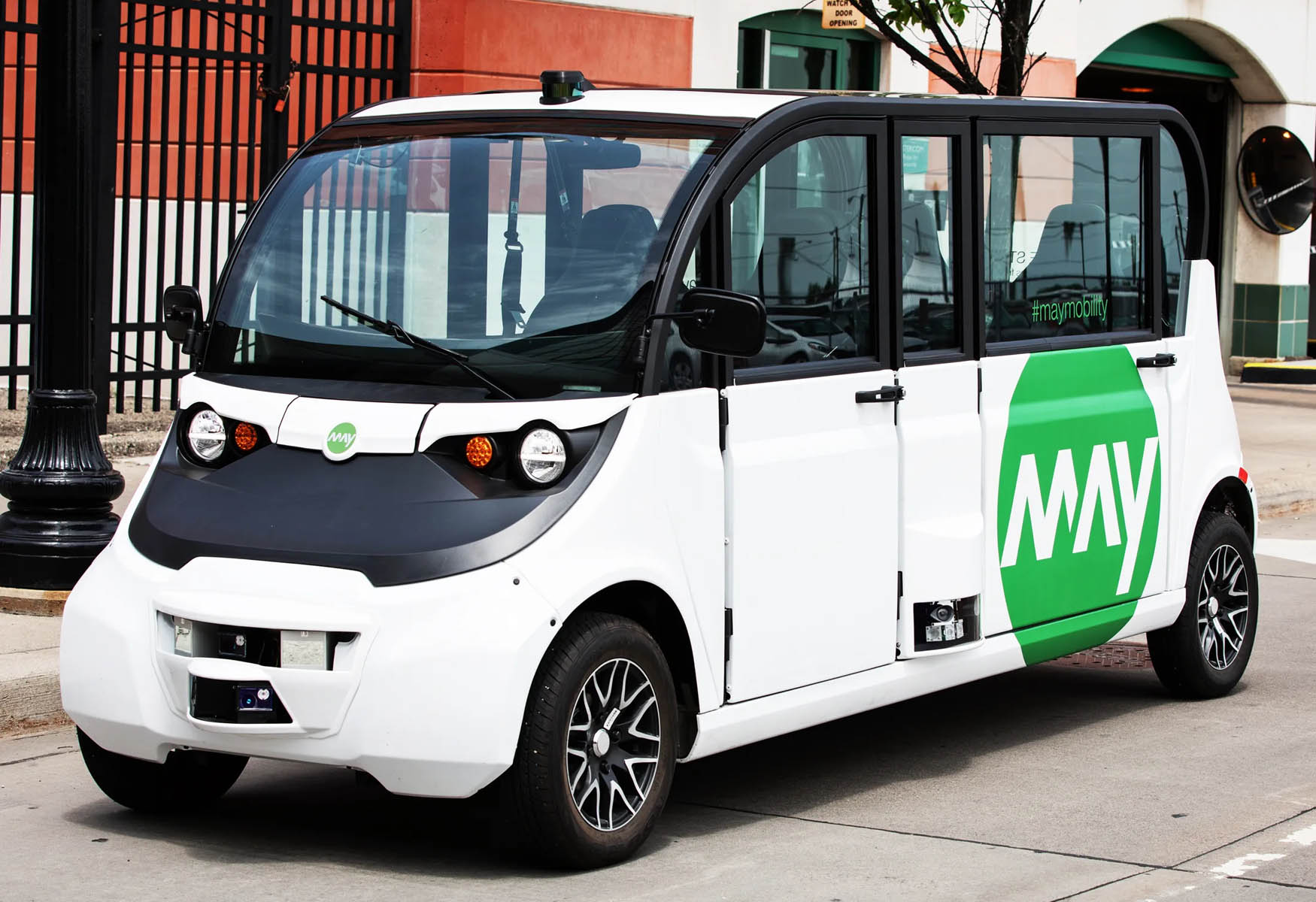Autonomous vehicle company May Mobility has made a significant stride by introducing its first driverless on-demand microtransit service on public roads in Sun City, Arizona. This development is a result of the company’s collaboration with transit tech company Via. The initiative aligns with May Mobility’s objective of commencing rider-only operations by 2023. It also indicates that the gradual approach to commercializing autonomy is proving to be effective for the startup.
Key Takeaway
May Mobility’s launch of a driverless microtransit service in Sun City, Arizona, marks a significant step towards achieving its goal of commencing rider-only operations by 2023. The company’s strategic approach and focus on controlled, low-speed shuttles and on-demand services have contributed to its steady expansion and avoidance of high-profile incidents.
May Mobility’s Strategic Approach
While the launch of a driverless microtransit service in Sun City may not be as attention-grabbing as deploying robotaxis in major cities, it has allowed May Mobility to expand steadily and navigate potential challenges. By integrating its autonomous microtransit service into existing public transit systems through partnerships with cities, May Mobility has set the stage for future, more complex deployments. This is evident in the upcoming launch of an on-demand shuttle service in Miami, also in partnership with Via.
Comparative Advantage over Competitors
May Mobility’s approach contrasts with that of its competitors, as exemplified by a recent incident involving Cruise, a rival company that had to halt its driverless robotaxi testing in Miami after a pedestrian-related incident. By focusing on controlled, low-speed shuttles and on-demand services, May Mobility has managed to expand without encountering similar setbacks.







